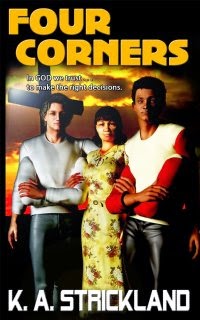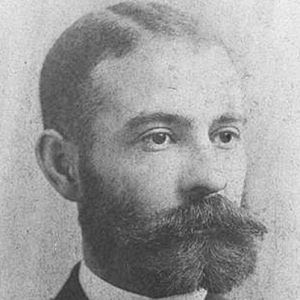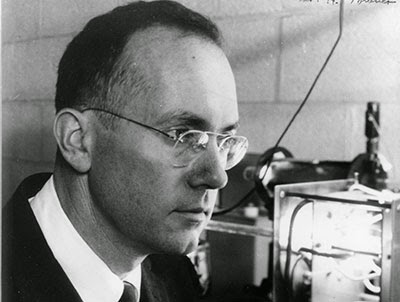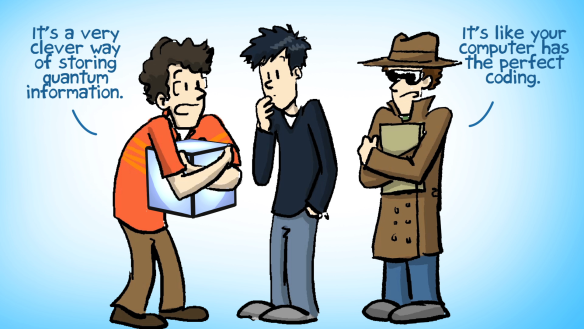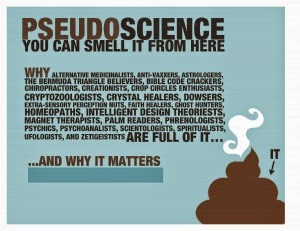 |
| Image Source: Skeptical Raptor Blog |
Topics: AIDS, Anti-vaxxers, Commentary, Measles, Pseudoscience
Recalling a conversation with my wife's cousin, I tried to reassure him of the oft-misplaced fear of microwave ovens by explaining the electromagnetic spectrum. I was going to tell him that microwaves are well below the visible spectrum, not nearly as energetic as gamma rays, and that his cancer concerns were best focused on UV sun block and staying away from nuclear test sites.
"I don't want to hear that," he exclaimed rudely, "I don't care what you have to say." I almost felt the urge to ask him if "all lawyers were criminals" and if IT could be considered a part of computer science (both his certifications). I politely decided instead to focus on the meal and other conversations.
We are inundated with self-described "Google scholars" like Jenny McCarthy, whose previous career achievement prior to a brief gig on "The View" was "Playmate of the year." She has since been rewarded for her lack of concern with academics with her own satellite radio station (I have not listened to) where I'm sure, she spouts equally non-intellectual drivel. And Jenny McCarthy, Alicia Silverstone and certain politicians are truly "not scientists."
Previously, we went through the faux Ebola epidemic, hyped up to adequate fear levels to have impact on the midterm elections. We have more of a possibility of measles transmission than Ebola. We are currently in a resurgence of the measles, which I remember was "defeated" when I was a child, now reborn in the fears of conspiracy theorists - cross cultural, as many African Americans recall the Tuskegee Experiment - and the other-ing of the government without appreciation of the simple civics definition of what government is in a democratic republic: "We The People." This could potentially impact citizens successfully managing AIDS currently, as their immune systems are already compromised.
Technology has freed both the intellectual and the nincompoop; it has empowered the citizen journalist and the loudmouth. File Transfer Protocol cum Hypertext Transfer Protocol (http://) has evolved to deliver information in creative and myriad ways...but, "Google" nor a strong opinion are adequate substitutes for degrees in STEM fields. "We live in a society exquisitely dependent on science and technology, in which hardly anyone knows anything about science and technology," Carl Sagan. This is sadly still true, and we tend to promote such persons like climate deniers overseeing NASA.
We want the convenience of science without the appreciation of the sacrifice it takes to master it. Scientists and engineers have some interest and abilities in the fields they are attracted to, but they like anyone else, have to study rigorously to work through formulas, memorize theorems, read and understand research papers as well as write many of their own and submit to massive, blistering critique of their ideas. It is what differentiates science from pseudoscience; fact from dangerous fiction. In this case instead of an abnormal fear of microwave ovens (cousin's); a resurgence of what used to be a deadly pandemic, and might in the technically advanced 21st century, happen again.
I'll be going to both family reunions this summer. I think if my wife's cousin and I happen upon that conversation again, I'll respond with "oh, and I hear all lawyers are criminals," just to get his attention...
Alternet: 9 Craziest Claims Made by Anti-Vaxxers, Cliff Weathers
NY Times: The Dangers of Pseudoscience, Massimo Pigliucci and Maarten Boudry
